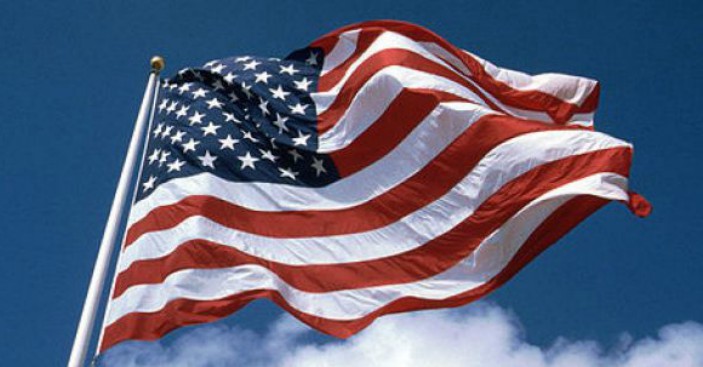Today, June 14, is Flag Day in the United States. The date June 14, 1777, is marked as the day that the Continental Congress adopted the American Flag. Here are some interesting facts on the American Flag, and a list of Do’s and Don’t’s, when it comes to displaying the flag.
Even though Flag Day is widely celebrated across the country, it is not an official Federal Holiday. Pennsylvania is the only state in the nation to designate June 14 as a state holiday, but New York designates the second Sunday in June every year as a State Holiday.
President Woodrow Wilson made a proclamation in 1916 naming June 14 as Flag Day. President Harry Truman, in 1949, signed off on June 14 as Flag Day in the United States, but still, even with many folks trying to make it happen, the date has never been made an official Federal Holiday.
Interesting facts about Flag Day:
- Lawmakers in the 19th century tried to pass restrictions on the use of the flag because of its use in advertising for products, which officials at the time felt was disrespectful.
- The flag didn’t always have 13 stripes. In 1794, two extra stars and stripes were added to honor Kentucky and Vermont joining the Union. More than 20 years later — after concerns about having to keep adding stars and stripes — it was officially decided to just have 13 stripes (but to keep adding stars whenever another state joined).
- The current star pattern on the flag was designed in 1958 by then 17-year-old student Robert G. Heft for a history project. The design was ultimately submitted to Congress and accepted by President Eisenhower.Flag Etiquette Do’s:
According to the U.S. Department of Veterans Affairs, the flag can be displayed at all times so long as it’s illuminated when it’s dark outside
Flag Etiquette Do’s:
- It can be displayed often, but especially on national and state holidays and during special occasions
- It should be displayed on or near the main building of public institutions, schools during school days, and polling places on election days.
- The flag should be “hoisted briskly and lowered ceremoniously.”
- The flag should be carried either on the marching right (the flag’s right) or to the front and center of the flag line.
- When the flag is displayed other than from a staff, it should be “flat or suspended so that its folds fall free.”
- When flags of states, cities or organizations are flown on the same staff, the U.S. flag must be at the top.
Flag Etiquette Don’t’s:
- The U.S. Department of Veterans Affairs says that people should not use the flag as a receptacle for receiving, holding, carrying, or delivering anything.
- Don’t affix anything to the flag or mark it with any type of insignia, letter, word, number, figure, or drawing.
- Don’t use it as part of a costume or athletic uniform. A flag patch is OK to use on the uniforms for military personnel, firemen and policemen and members of patriotic organizations.
- Don’t use it for any type of advertising — including printing on anything intended to be discarded like handkerchiefs, napkins or boxes.
- Don’t turn the flag upside down — the flag is only turned upside down as a distress signal.
- Don’t use it to drape or cover anything.
- Don’t display the flag during rain, snow and wind storms.





